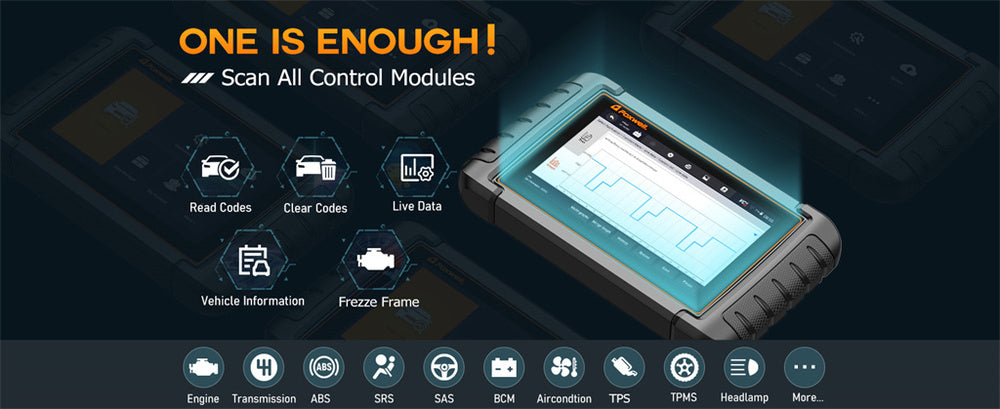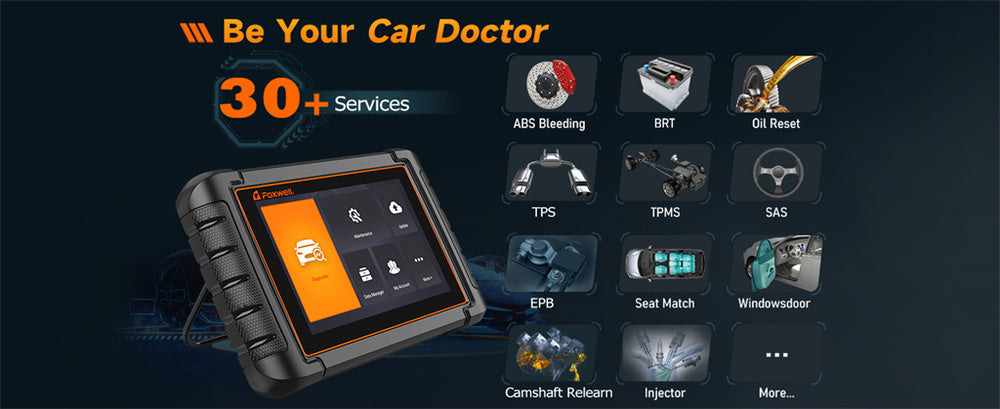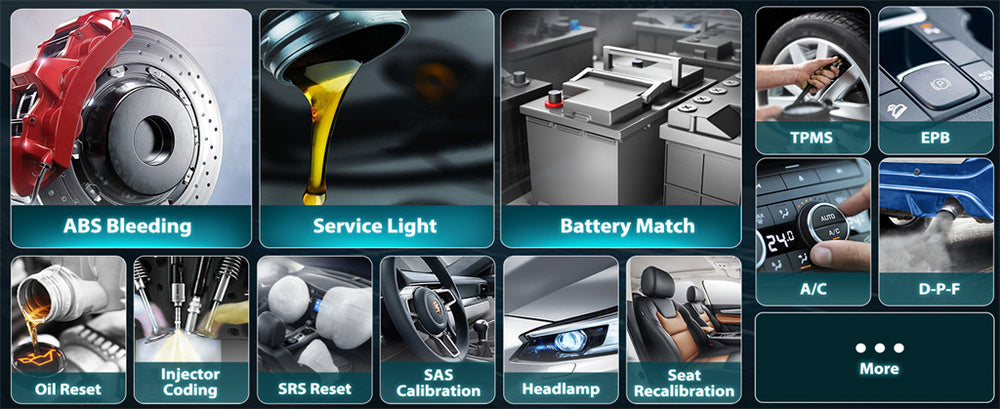Modern vehicles rely heavily on advanced electronics to control various functions, from engine performance and transmission behavior to shift point adjustment.
Car enthusiasts and mechanics frequently ask whether an OBD2 scanner can help adjust shift points.
Unfortunately, it cannot be used with its standard feature set. We will explore why that is so and explain what shift points are and the necessary tools to attempt such adjustments.
Understanding Shift Points in Vehicles

Shift points are when an automatic transmission changes from one gear to another.
They're crucial in maintaining a balanced performance between performance, fuel economy, and driving comfort.
Manufacturers set these shift points based on extensive testing to find an optimum combination for their average driver.
However, drivers seeking increased performance or an enhanced driving experience may wish to alter the factory-set shift points.
Unfortunately, standard OBD2 scanners don't fully support this function.
Can an OBD2 Scanner Adjust Shift Points?
OBD2 scanners are intended to serve primarily diagnostic functions.
Users can read and clear DTCs, monitor vehicle systems and perform basic engine performance tuning and emissions regulation tuning with these tools.
However, these functions don't extend to changing complex parameters like transmission shift points.
Standard OBD2 scanners don't typically allow access to and modification of transmission control module (TCM) settings that manage shift points.
To do this requires more in-depth interaction between your vehicle's ECU and OBD2 scanners than is typically provided by standard scanners.
Advanced Tools and Methods for Adjusting Shift Points
If you're serious about fine-tuning shift points, more advanced tools than an OBD2 scanner may be required. Here is a selection of such options:
- Specialized Tuning Devices: These tools are designed to interact with a vehicle's ECU or TCM to modify shift points, providing access and precision needed for such adjustments.
- Foxwell NT809BT: This advanced diagnostic tool goes far beyond basic OBD2 functions to provide in-depth diagnostics, ECU coding, and bidirectional control—perfect for professionals needing access to and adjustment of complex vehicle systems, including transmission settings. However, users should ensure it supports any shift point adjustments specific to their vehicle before purchasing this advanced device.
- ECU Reflashing: ECU reflashing involves updating a vehicle's firmware to modify various parameters, such as shift points. It should only be undertaken by professionals using dedicated software.
- Aftermarket Tuning Solutions: These systems are tailored specifically for car enthusiasts and tuners looking to customize their vehicle's performance. They offer an easy user interface for making precise adjustments via a handheld device or software linked directly to an OBD2 port.
These tools allow for a more personalized driving experience. However, they should be used carefully to prevent potential risks such as voiding warranties or causing transmission damage.
Adjusting Shift Points
While changing shift points may provide advantages such as enhanced performance and a personalized driving experience, it is also essential to consider its potential risks.
- Warranty Issues: Changing shift points improperly could void your vehicle's warranty, placing unnecessary stress on your transmission and possibly causing costly damages. Incorrectly adjusted shift points can also place undue strain on transmission components, potentially causing damage and malfunctions.
- Legal and Emissions Issues: Modifying your vehicle may make it non-compliant with local emissions laws, leading to failed inspections or legal complications.

Conclusion
Overall, OBD2 scanners can be useful tools for diagnosing and monitoring vehicles; however, they do not have the capacity to make shift point adjustments.
For those interested in doing this themselves, additional tuning tools, ECU reflashing, or aftermarket solutions may be needed to make these modifications.
It's important to proceed carefully when considering such modifications and seek professional advice when making any modifications yourself.
FAQs
Can an OBD2 scanner detect transmission problems?
Yes, an OBD2 scanner can detect certain transmission problems by reading diagnostic trouble codes (DTCs) related to the transmission. However, it may not detect all issues, especially those requiring more in-depth diagnostics.
What can I do with an OBD2 scanner?
With an OBD2 scanner, you can read and clear diagnostic trouble codes, monitor real-time vehicle data, check emissions readiness, and perform basic diagnostics on various vehicle systems.
Is it okay to leave an OBD-II scanner on a car?
Generally, it’s safe to leave an OBD-II scanner plugged in for short periods, but it’s recommended to unplug it when not in use to prevent battery drain and ensure it doesn’t interfere with the vehicle’s operation.




Leave a comment
This site is protected by hCaptcha and the hCaptcha Privacy Policy and Terms of Service apply.